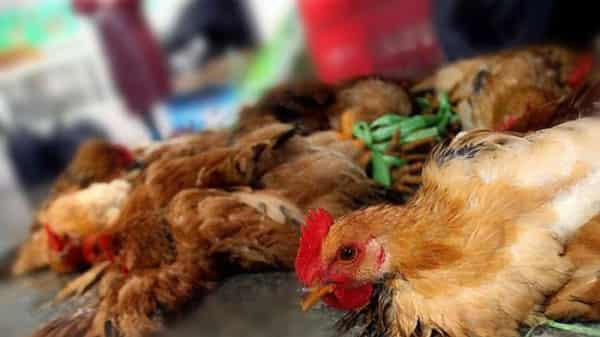
There are concerns that another deadly pandemic is imminent as current outbreak of avian influenza (also called ‘bird flu’) has devastated animal populations, including poultry, wild birds, and some mammals, and harmed farmers’ livelihoods and food trade.
The Food and Agriculture Organisation of the United Nations (FAO), World Health Organisation (WHO), and World Organisation for Animal Health (WOAH), yesterday, said although largely affecting animals, the outbreak poses risks to humans.
FAO, WHO and WOAH, in a joint statement, urged countries to work together across sectors to save as many animals as possible and protect people.
Avian influenza viruses normally spread among birds, but increasing number of H5N1 avian influenza detections among mammals (which are biologically closer to humans than birds), raises concern that the virus might adapt and infect humans more easily.
Also, some mammals may act as mixing vessels for influenza viruses, leading to the emergence of new viruses that could be more harmful to animals and humans.
The goose/Guangdong-lineage of H5N1 avian influenza viruses first emerged in 1996 and has been causing outbreak in birds since then. Since 2020, a variant of these viruses belonging to the H5 clade 2.3.4.4b has led to an unprecedented number of deaths in wild birds and poultry in many countries in Africa, Asia and Europe. In 2021, the virus spread to North America, and in 2022, to Central and South America.
In 2022, 67 countries in five continents reported H5N1 high avian influenza outbreak in poultry and wild birds to WOAH, with more than 131 million domestic poultry lost due to death or culling in affected farms and villages. In 2023, another 14 countries reported outbreak, mainly in the Americas, as the disease continues to spread. Several mass death events have been reported in wild birds, caused by influenza A(H5N1) clade 2.3.4.4b viruses.
Recently, there have been increasing reports of deadly outbreak among mammals also caused by influenza A(H5), including influenza A(H5N1), viruses. Ten countries across three continents have reported outbreak in mammals to WOAH since 2022. There are likely to be more countries where outbreak has not yet been detected or reported.
Both land and sea mammals have been affected, including outbreak in farmed mink in Spain, seals in the United States of America, and sea lions in Peru and Chile, with, at least, 26 species known to have been affected.
H5N1 viruses have also been detected in domestic animals, such as cats and dogs in several countries, with recent detections of H5N1 in cats announced by authorities in Poland.






